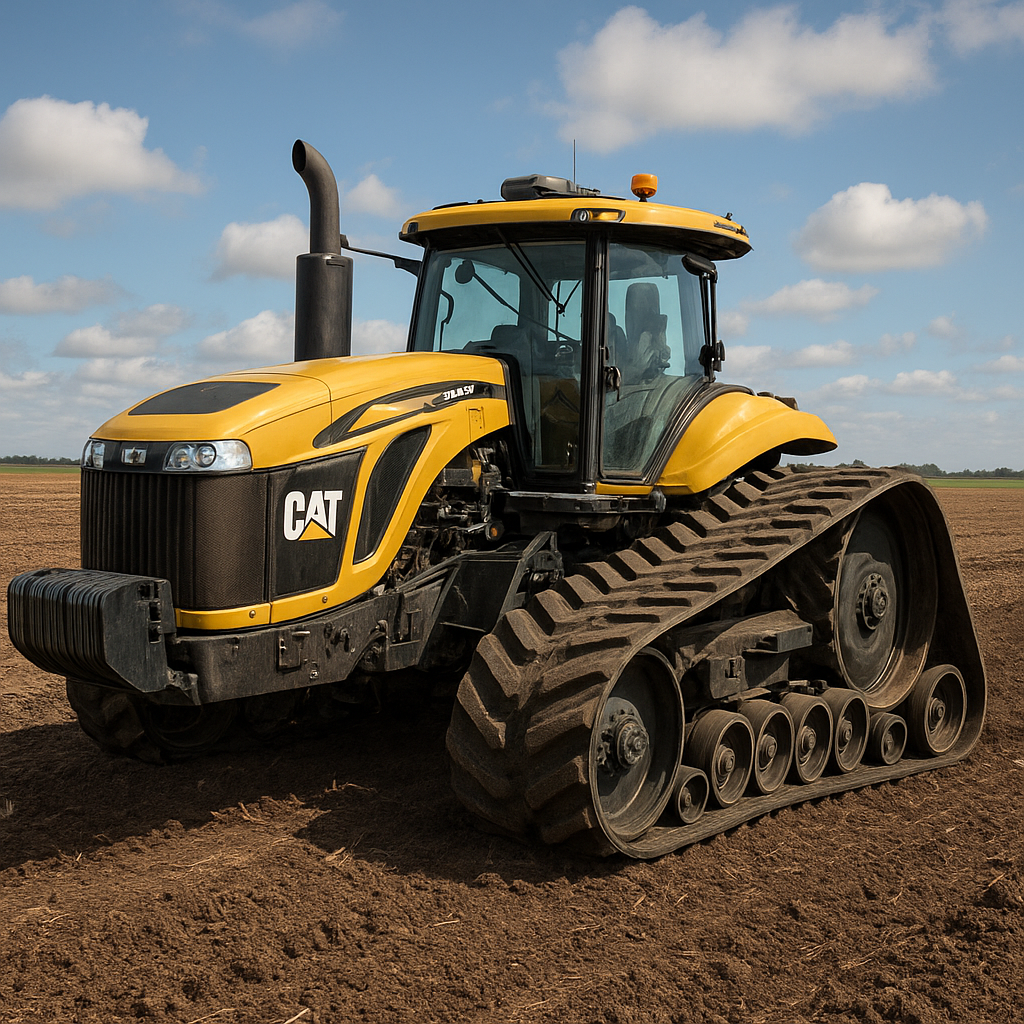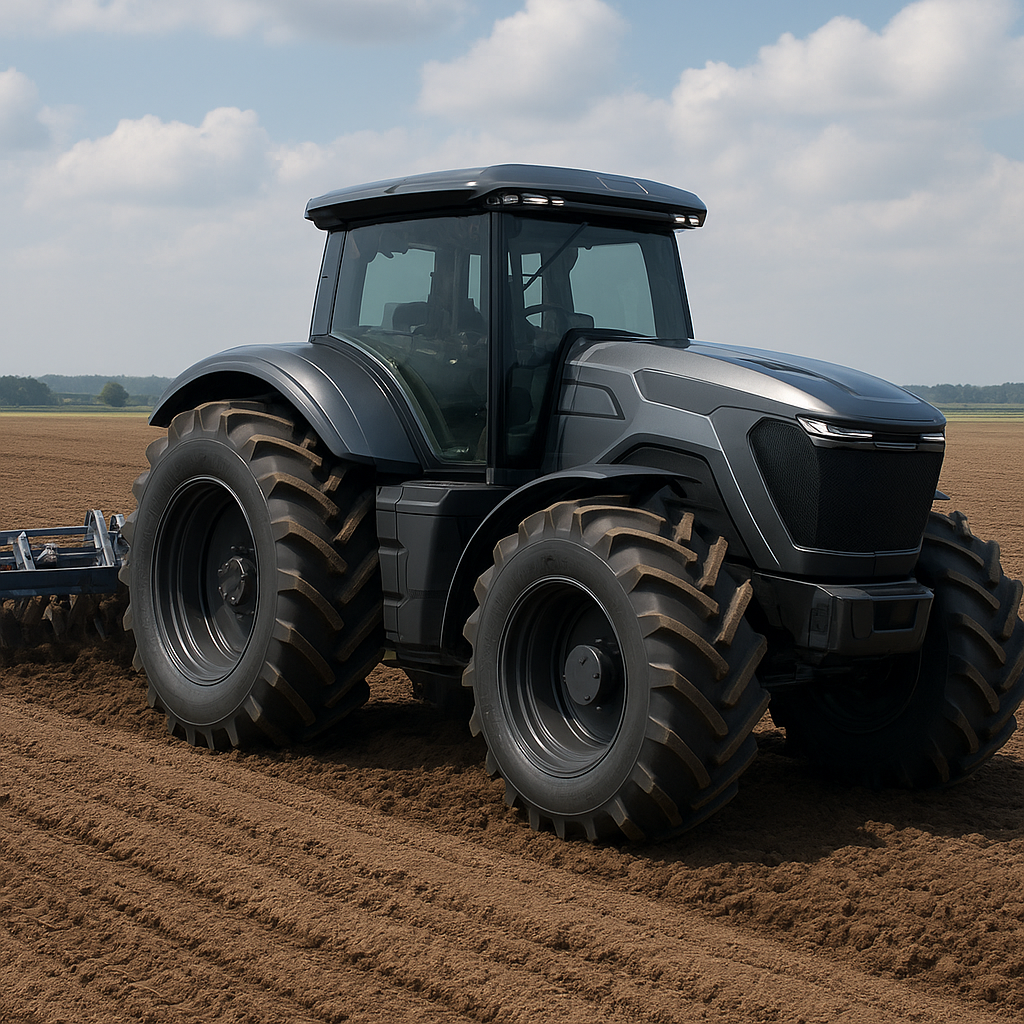The transition from conventional steel tracks to rubber-based solutions has revolutionized the world of heavy machinery. In the realm of the largest farm tractors, one name stands out: Caterpillar Challenger. This pioneering series harnesses the power of flexible belts and advanced materials to deliver unmatched performance in the field. From improved soil health to enhanced fuel economy, the advent of rubber track technology is reshaping the face of global agriculture.
Evolution of Tracked Tractors
Before the era of rubber, farm implement traction relied heavily on rigid steel tracks or massive tires. While steel offered robust strength, it also caused significant soil compaction and damage, leading to reduced yields over time. The shift toward lighter, more forgiving undercarriages began in the late 20th century, as manufacturers sought to combine the grip advantages of tracks with the ground-friendly nature of rubber. Early experiments involved hybrid designs, pairing metal cleats with synthetic belts. Although promising, these prototypes suffered from high maintenance costs and complex assembly requirements.
The true breakthrough took hold when engineers introduced continuous rubber belts reinforced with steel cables and synthetic fibers. These hybrid belts maintained their form over long distances while offering elastic deformation under load. Tractor designers quickly recognized the potential: lower vibration levels, wider contact patches, and superior longevity. By the early 2000s, leading brands had begun releasing full-scale rubber-tracked models, setting the stage for the rise of dedicated Challenger machines.
Breakthrough with Rubber Track Technology
At the heart of modern tracked tractors lies the innovative undercarriage assembly. Rubber tracks comprise layered plies of high-tensile cords encased in durable compounds, engineered to resist tearing, abrasion, and environmental degradation. Enhanced by specialized tread patterns, these belts optimize traction without excessive soil disturbance. Key parameters such as belt tension, contact length, and belt width are adjustable, allowing operators to fine-tune performance for diverse conditions—from wet paddy fields to arid plains.
- Reduced Soil Compaction: Wider footprints distribute weight evenly, preventing deep rutting and preserving soil structure.
- Smooth Ride Quality: Elastic deformation of the belts absorbs shocks, improving operator comfort and reducing fatigue.
- Fuel Efficiency: Less slippage and optimized ground contact lower fuel consumption by up to 15% compared to steel-tracked counterparts.
- Maintenance Savings: Fewer moving parts translate into lower service intervals and reduced downtime.
These advantages have cemented rubber-tracked tractors as the go-to choice for large-scale growers seeking to maximize output while adhering to sustainable farming practices.
Engineering Marvels of the Challenger Series
Since its introduction, the Challenger lineup has expanded to encompass a range of models delivering from 225 to over 600 horsepower. Notable entries include the MT700, MT800, and the flagship MT900 series. Each tractor features a rigid frame fused to a torsion-resistant chassis, ensuring structural durability under heavy loads. The modular drive sprocket and idler wheel arrangement provides consistent belt tension and can be replaced in the field with minimal tools.
Advanced Suspension Systems
Challenger tractors often employ a suspension bogie design, where multiple rubber wheels float on a pivoting subframe. This allows the track to contour undulating terrain, maintaining even pressure distribution. Shock absorbers further attenuate repetitive impacts, protecting both the machine and the soil surface. By combining passive and semi-active suspension setups, these tractors achieve superior operational stability at highway speeds and in the field alike.
Powertrain and Electronics
Under the hood, the MT900 series boasts six-cylinder diesel engines equipped with common-rail fuel injection and turbocharging. Electronic engine management systems optimize air-fuel ratios in real time, ensuring peak performance across varying altitudes and temperatures. Integrated GPS guidance and precision farming modules allow for section control and auto-steer functions, reducing overlap in seeding, fertilizing, and spraying operations. This level of automation translates to significant labor savings and improved resource allocation.
Impact on Modern Agriculture
The rise of rubber-tracked giants like the Challenger has had profound effects across multiple facets of farm operations. In regions plagued by wet springs or heavy clay soils, farmers report earlier field access and fewer planting delays. The lower ground pressure prevents moisture loss by minimizing soil compaction, which in turn enhances root development and water infiltration. Studies have shown that crops planted with minimal tillage via tracked tractors can yield up to 10% more than those cultivated by traditional setups.
Moreover, the noise and vibration reduction afforded by rubber tracks improves operator health and safety. With cab environments meeting stringent ergonomic standards, drivers experience less fatigue during long workdays. On the financial front, the total cost of ownership for a Challenger tractor often undercuts that of a comparable steel-tracked or four-wheel-drive model. Savings from decreased fuel use, extended belt life, and lower maintenance drive up net profits.
Environmental stewardship also benefits from this technology. By preserving soil carbon levels and reducing the need for deep tillage, rubber-tracked tractors play a role in combating erosion and greenhouse gas emissions. Many producers have integrated these machines into carbon credit programs, further enhancing the economic viability of sustainable practices.
Future Prospects and Innovations
Looking ahead, the trajectory of rubber track advancement points to even greater integration of smart technologies. Concepts under development include self-adjusting belt tensioners governed by AI algorithms that monitor slippage and soil hardness in real time. Researchers are experimenting with biomimetic tread patterns inspired by reptile scales to further improve grip on loose surfaces. Lightweight composite materials promise to reduce undercarriage mass without sacrificing strength, leading to higher payload capacities.
Electrification is another horizon. Hybrid tractors blending battery power with diesel generators could leverage the torque characteristics of electric motors for spot cultivation tasks. In such setups, rubber tracks would instantly respond to high-torque demands, while regenerative braking systems could recuperate energy when decelerating. This synergy aligns with global efforts to decarbonize agriculture.
Ultimately, the fusion of cutting-edge materials science, robotics, and machine learning will define the next generation of tracked farm vehicles. As industry leaders continue to push boundaries, the innovation exemplified by the Caterpillar Challenger series stands as a beacon for the future of precision and sustainable farming.









